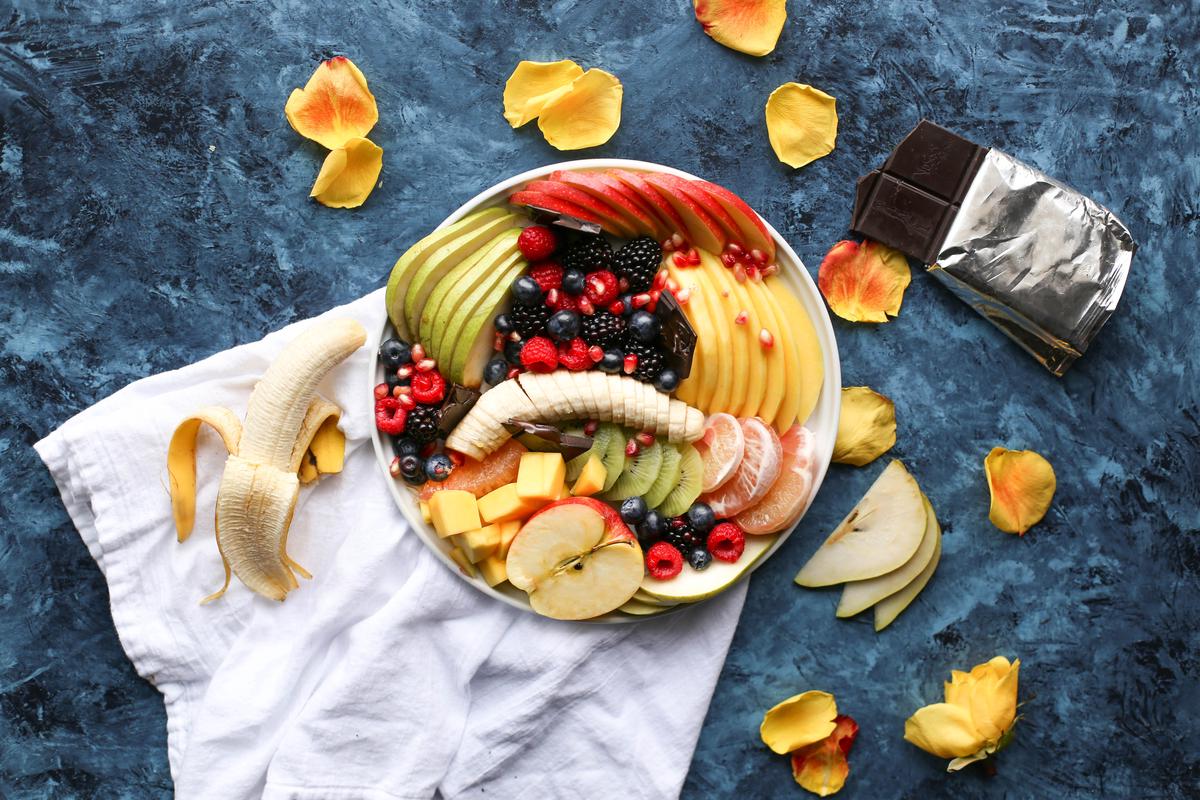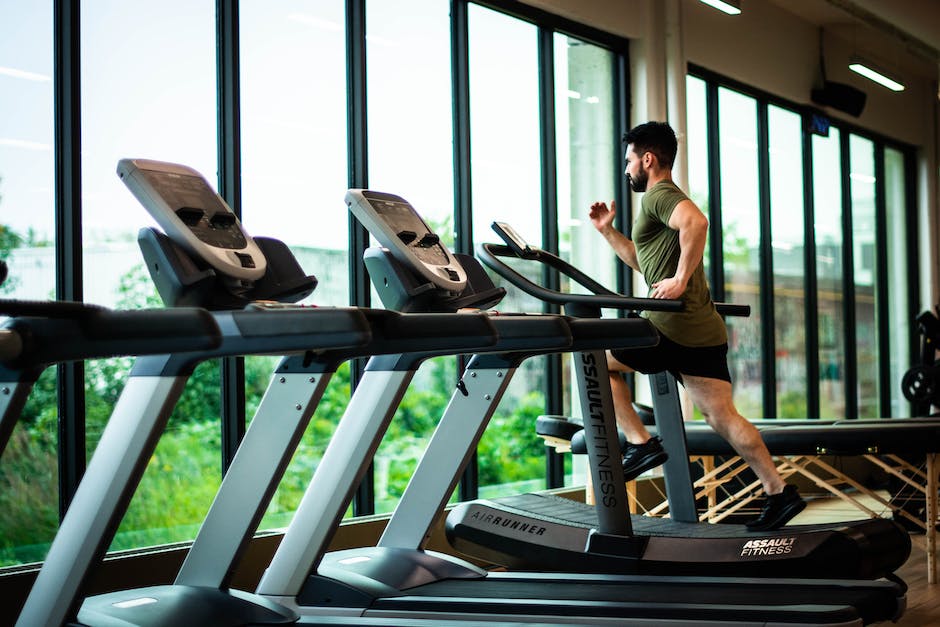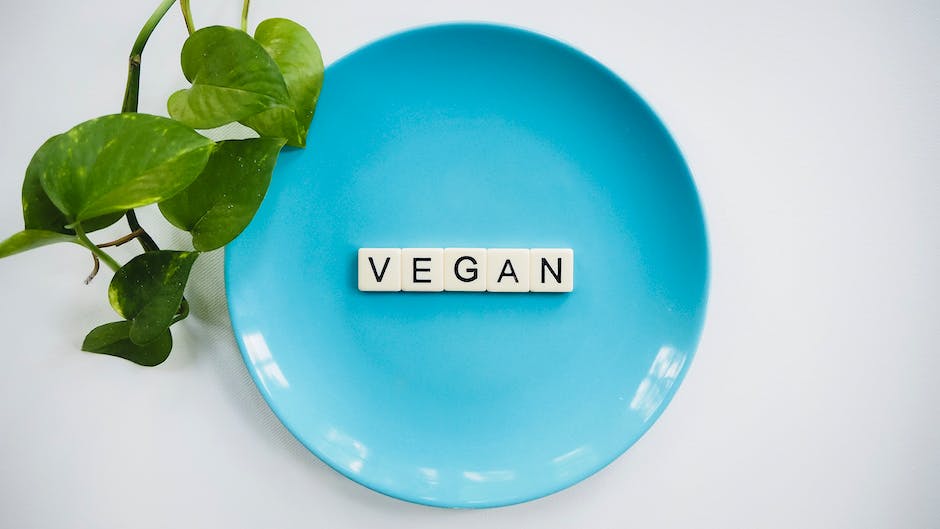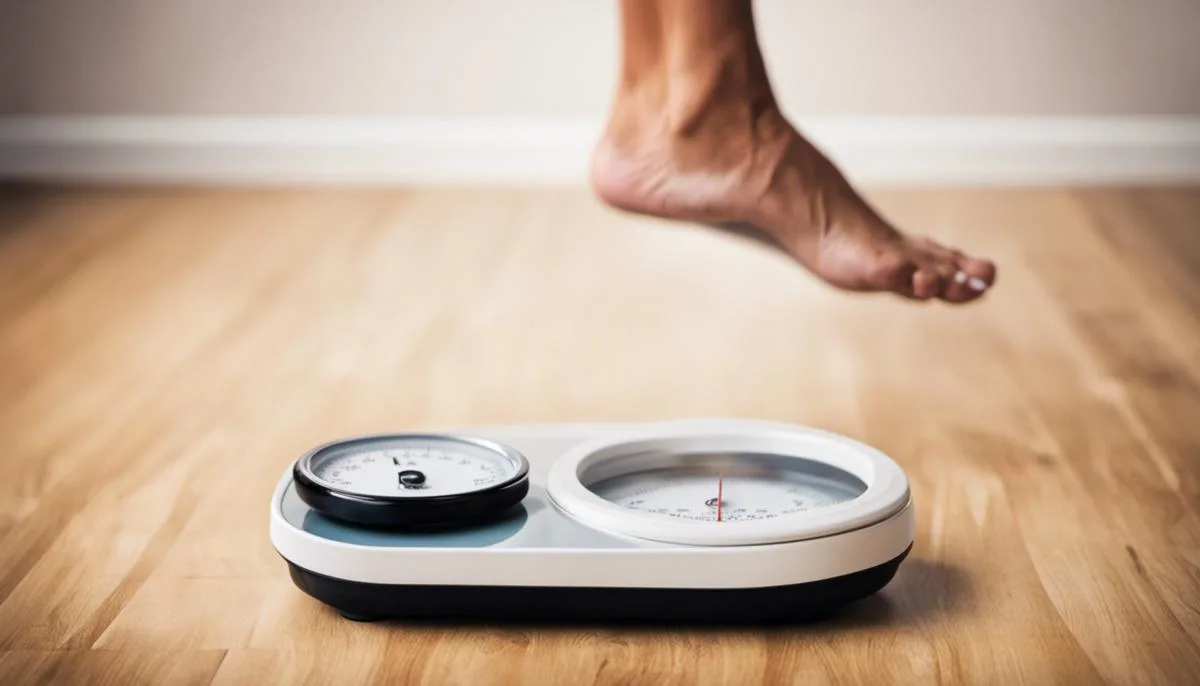Embarking on a journey towards weight loss can feel like an uphill battle, but it doesn’t have to be. It all starts by ingraining a solid understanding of the underlying principles that govern weight reduction – the way the body processes calories and the significant influence of diet and physical exercise. This essay aims to empower women who wish to lose weight through exercise routines that can be executed within the comfort of their homes. You will get introduced to a variety of workout routines, including cardio, strength training and flexibility exercises, and learn how to execute them correctly and safely. Also covered is the development of a balanced, custom-fit fitness schedule that seamlessly synchronizes with your current fitness level and weight loss ambitions.
Understanding the Basics of Weight Loss
Understanding the Basics of Weight Loss
Weight-loss is largely determined by the balance between energy intake and energy expenditure in your body. Simply put, you lose weight when you burn more calories than you consume. This concept is often referred to as “calorie deficit”.
Your body uses calories for everything it does, from sleeping and digesting to walking and exercising. Each person’s body has a unique Basal Metabolic Rate (BMR), which is the amount of energy, or calories, the body needs to function while at rest. In order to lose weight, you need to create a calorie deficit by burning more calories through physical activity or consuming fewer calories than your body needs to maintain its current weight.
Understanding the Role of Dietary Habits in Weight Loss
Dietary habits play a significant role in weight loss. The type and the amount of food you consume can greatly impact the number of calories you intake. For successful weight loss, it is beneficial to consume a balanced diet that includes foods from all food groups including proteins, carbohydrates, and fats. Opt for foods that are high in fiber such as fruits, vegetables, whole grains, and lean proteins since they can make you feel full with fewer calories.
It’s not just about what you eat but also how you eat. Eating consistently throughout the day can help prevent overeating. Additionally, mindful eating, which involves focusing on your food and paying attention to feelings of hunger and fullness, can also help with weight loss.
Understanding the Role of Exercise in Weight Loss
Physical activity also plays a crucial role in weight loss. When you engage in physical activity, you burn calories. The more intense the activity, the more calories you burn, contributing to a greater calorie deficit.
Exercises do not necessarily require a gym membership. Many effective exercises can be done at home with no or very little equipment. These can include strength training exercises, aerobic exercises like walking or jogging, and flexibility exercises like yoga.
It is important to find a type of exercise that you enjoy and can fit into your schedule, as consistency is key for weight loss. Start with moderate-intensity activity and gradually increase the intensity as your fitness improves.
It’s crucial to understand that both dietary habits and physical activity go hand in hand when it comes to weight loss. Altering one without the other would make achieving your weight loss goals challenging. Proper nutrition fuels your workouts, and regular physical activity helps you achieve a calorie deficit. By understanding these principles, you can create a customized and realistic weight loss plan that fits your lifestyle and preferences.

Photo by cravethebenefits on Unsplash
Learn About Different Home Workout Routines
Cardiovascular Exercises
Cardio workouts are great for sustained weight loss as they boost your heart rate and burn plenty of calories. Here are some effective cardio exercises you can do at home:
- Jumping jacks: Stand with your feet together and arms by your side. Jump and spread your legs wide while swinging your arms overhead. Repeat this in a quick motion. It’s an excellent whole-body workout that boosts your heart rate.
- High knees: Stand straight, pull your right knee towards your chest, and then rapidly alternate between legs. It works your leg muscles and gets your heart pumping.
- Burpees: This full-body, high-intensity workout starts with a jump, followed by going into a squat, then a push-up, and finally jumping back up.
- Mountain climbers: Start in a high plank position, bring your right knee towards your chest, and quickly alternate between legs. It works your entire body but particularly focuses on the core.
Remember to begin with a small set and gradually increase the count. Aim for 10 minutes of cardio workout five days a week for a start, and then gradually increase the time.
Strength Training Exercises
Strength training not only results in calorie burning but also helps build lean muscle mass for a toned look. Some effective exercises include:
- Squats: Stand with feet hip-width apart, push your hips back and bend your knees as if you are sitting on a chair. Ensure your knees don’t go past your toes. Return to the standing position. Repeat.
- Lunges: Standing upright, take a step forward with one foot until your leg reaches a 90-degree angle and your rear knee is parallel to the ground. Push yourself back up and swap legs.
- Push-ups: Lie facing the floor. Place your hands shoulder-width apart, then push the whole body up while maintaining a straight line from head to heels. Lower your body again and repeat.
- Planks: In a press-up position, rest your weight on your forearms while keeping your body in a straight line from the shoulders to ankles. Hold the position for as long as possible.
Aim to perform these exercises two to three times a week, ensuring you rest muscles in between workouts.
Flexibility Exercises
Flexibility exercises are essential for muscle health and preventing injuries. Here are a few exercises:
- Cobra Pose: Lie on your stomach, palms beside your shoulder. Push up until arms are extended and spine is arched backward.
- Standing hamstring stretch: Stand tall and bend forward at the hips. Allow your hands to naturally hang close to the ground.
- Butterfly stretch: Sit up tall, press the soles of your feet together. Gently push your knees towards the ground.
Try incorporating these stretches into your daily routine, especially after workouts, to help cool down your body and keep your muscles flexible and strong.
Remember, weight loss requires consistency in exercise and a balanced diet. Performing workouts correctly and safely is the first step in your weight loss journey. Also, remember to stay hydrated and rest well to support your body’s recovery after workouts.

Creating a Fitness Routine
Identify Your Fitness Goals
Setting clear, realistic goals is the first step in creating a balanced weekly fitness routine. Factors such as your current fitness level, desired weight loss rate, job status, and available time should all influence the goals you set. For example, a busy full-time mom may set the goal to work out three days a week, while a woman with more flexible time may work out five days a week. Ensure you set specific goals that are measurable, achievable, and time-bound to make tracking progress easier.
Consider your Current Fitness Level
Knowing your current fitness level is crucial in creating an effective fitness routine. Complete a fitness assessment to note your current strength, flexibility, and endurance. This will help you tailor a fitness routine that accommodates your fitness level while pushing you towards your goal. After an initial self-assessment, continue to assess your progress bi-weekly or monthly to adjust your routine as needed.
Create a Balanced Weekly Routine
Creating a balanced routine involves incorporating different types of exercises into your weekly schedule. These include cardiovascular exercises, strength training, and flexibility exercises. This helps to ensure all the body’s major muscle groups are worked, provides variety to keep you interested, and allows certain parts of the body to rest while others work.
Cardiovascular Exercises
Cardiovascular exercises are crucial for burning calories, improving heart health, and building endurance. They should make up about one-third to one-half of your weekly fitness routine. Options for home workouts include jogging in place, jumping jacks, burpees, or virtual dance or aerobics classes.
Strength Training Exercises
Strength training serves to tone up the body and provides resistance, which is essential for bone health. As you gain more muscle, your body also burns calories more efficiently. You can do exercises such as push-ups, squats, and lunges at home with no equipment or use dumbbells for added resistance. Aim to incorporate strength training into your routine at least two days per week.
Flexibility Exercises
Flexibility exercises like stretches and yoga help improve balance and prevent injury by keeping the muscles supple. They are often overlooked but are an essential part of a balanced fitness routine. Try to include flexibility exercises every time you workout, particularly after a tough session to cool down the body and reduce muscle tension.
Rest and Recovery
Rest days are just as important as workout days. Your body needs time to recover and rebuild muscles after exercising. Sketch in one or two days of rest in your weekly fitness routine.
Stay Consistent
Consistency is, above all, the key to success in weight loss. Try and stick to your fitness routine as much as possible. If you miss a workout, strive to make up for it. Remember that it’s natural to have some days where you feel less motivated. Just make sure these don’t become the norm. Over time, your routine will become part of your habit, making it easier to remain consistent.
Adjust Your Routine Over Time
As your fitness level improves, consider revising your workout routine to keep it challenging. You can do this by increasing the duration, frequency, or intensity of your workouts. Listen to your body: if an exercise or routine becomes too easy or too challenging, adjust accordingly.

Sustainable Healthy Lifestyle Habits
Balancing a Healthy Diet with Regular Exercise
Combining a healthy diet with regular exercise is perhaps the most important aspect of sustainable weight loss. Research shows that successful weight loss often involves both diet and exercise changes.
For women doing weight loss exercises at home, you should first adjust your diet to complement your fitness goals. This doesn’t mean severely restricting your caloric intake, but rather incorporating more nutrient-rich foods into your meals. Foods that are high in protein, fiber, and healthy fats can help keep you fuller for longer, thus preventing overeating or snacking between meals.
Remember to pair these diet changes with regular cardiovascular and strength training exercises. Whether it’s a brisk walk, bodyweight exercises, or using light weights for resistance, every bit of physical activity counts towards your total calorie burn for the day. If you’re not sure where to start, there are plenty of fitness apps and online workout videos, specifically for women, that provide step-by-step guides and adjustable routines based on your individual fitness level.
The Importance of Adequate Sleep
A vital but often overlooked factor of weight loss is quality sleep. Studies have found that inadequate sleep disrupts your body’s appetite-regulating hormones, ghrelin and leptin, which can cause an increase in hunger and cravings. Aim to get at least 7 to 8 hours of uninterrupted sleep every night to keep these hormones in balance and maintain a healthy weight.
Managing Stress for a Sustainable Weight Loss
Stress, just like inadequate sleep, can wreak havoc on your body’s hormonal balance. When you’re stressed, your body produces more cortisol, a hormone that promotes body fat and makes it harder to lose weight. To effectively manage stress, try incorporating mindfulness practices like meditation, deep breathing, and yoga into your routine. Not only can these practices help reduce stress, but activities like yoga also burn calories and tone muscles, complementing your weight loss exercises.
Remember, the journey to sustainable weight loss is a marathon, not a sprint. It involves adopting consistent healthy lifestyle habits, rather than attempting drastic, short-term changes. While changes may not be immediately evident, remaining patient and consistent will result in long-term success.

As important as it is to implement a beneficial routine of home workouts, it’s just as essential to create and maintain sustainable, healthy lifestyle habits. These should encompass a nutritious diet, adequate sleep and efficient methods of stress management. Through this combined approach of fitness and lifestyle change, you can set yourself up for not just a one-off weight loss achievement, but continuous, long-term success. Armed with this knowledge and your buoyant spirit, you have all you need to build a healthier, happier version of yourself – one step at a time.
Thank you for reading this post, don't forget to subscribe to our free newsletter
!
